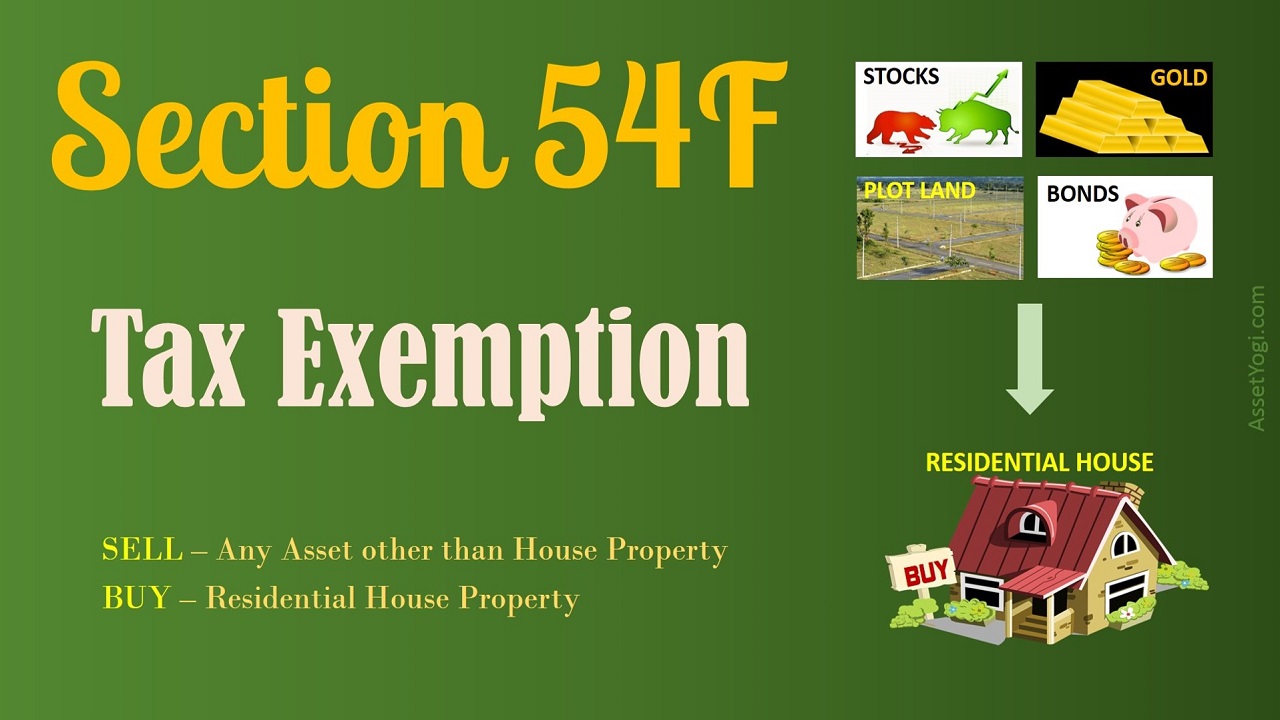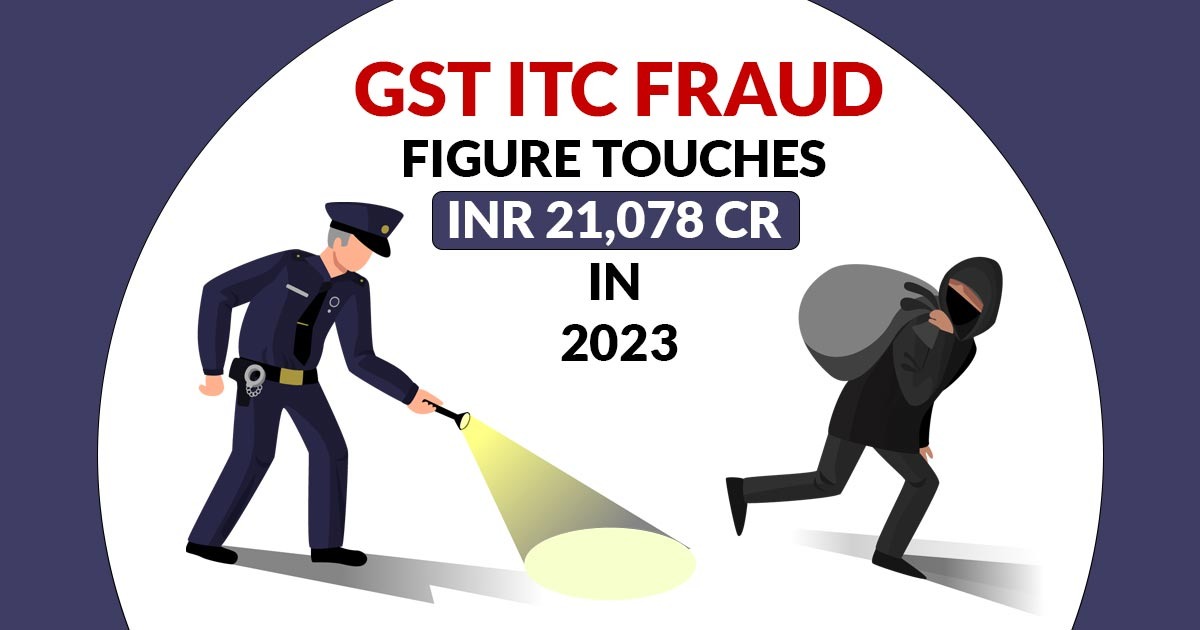Vikramaditya Prasad, J.@mdashIn this second appeal the substantial question of law, to be answered is :-
"Whether the gift of public in general is valid ?"
While framing the aforesaid question at the time of admission the appellants had been given liberty to raise other substantial questions of law, if available, at the time of hearing of this appeal. Taking advantage of this liberty one substantial question has been raised :-
whether or not a gift can be made for creating a Samshanghat in contravention of law i.e. .Municipal Act or the Panchayat Raj Act ?
2. The question aforesaid arose out of the following facts : One Haripada Mahato executed a deed of gift (Ext. C) to 21 per- sons for the purpose of creation of a Samshanghat as people of that area were feeling difficulty in disposing of the dead bodies. That deed of gift was attested, registered and that was produced in the Court by one of those 21 persons. It also transpires that a mutation petition was filed by those 21 persons but that was rejected. Thereafter, both the parties i.e. the appellants and those 21 persons preferred appeals before the revenue authorities and the appeal filed by the appellants was dismissed whereas the appeal of those 21 persons was allowed. Consequently, the mutation was made in favour of those 21 persons. Further some relevant facts are that the land which is in dispute appertains to plot No. 237, Khata No. 171, having an area 0.35 decimals in Chitarpur, police station Topchanchi, District Dhanbad. The appellants claimed that land on the basis of purchase from the recorded tenant and amalgamation as all the adjacent lands to the disputed land were owned by the appellants and therefore, they purchased this land from the recorded tenant. The donor was the co-sharer of the recorded tenant and he claimed the land on the basis of partition and he donated that very land for creation of a Samshanghat. The plaintiffs/appellants bought the aforesaid suit for a declaration that the deed of gift was an invalid document and for declaration of his title and possession over the land in question.
3. In the original suit, the trial Court declared that the deed of gift was invalid and. therefore, decreed the suit in favour of the plaintiffs.
4. Being aggrieved by the judgment and decree of the learned trial Court, the respondents herein preferred first appeal, in which the learned 1st appellate Court reversed the finding of the learned trial Court and thus, the suit of the plaintiff was ultimately dismissed and it was declared that the deed of gift was valid one.
5. The learned counsel for the appellants has argued at the first instance- that for a valid deed of gift there should be an acceptance by the donee and there is nothing on record to show that there was acceptance, as in the deed of gift itself there is no signature evidencing the acceptance of the gift by the donee.
6. Two facts are admitted (i) that the document was registered and (ii) the document was produced from the custody of donee. The question now is whether in absence of any signature in deed itself evidencing acceptance by donee, there could be acceptance.
7. The appellants as well as the respondents filed mutation case in respect of the land gifted. The evidence shows that the Circle Officer rejected the prayer of mutation of both the parties. Both the parties preferred appeals to revenue authority, when the mutation order was passed in favour of the donees whereas the appeal of the appellants plaintiffs was dismissed. Thus, it is proved that (i)production of deed from the possession of donees (ii) successful steps taken by them for mutation thereof in their names. Had they not accepted the gift neither they could have been in possession of the deed of gift nor they would have fought the mutation case upto the appellate forum. These two circumstances, clearly indicate that even though there is no written acceptance on the deed of gift itself, but it was an acceptance of that by implication, These facts also go to that delivery of possession was made to donee. Ext. B shows that the deed of gift was attested by one witness'' namely Sidhar Mahto. Above it there is signature of the scribe. Scribe has signed the deed oh two places one in the capacity of scribe and the other in the capacity of witness. This signature as a witness though not proved but has not been challenged. There is no bar on a scribe being an attesting witness also 1983 Cri 24.
Substantial question No. (1).-In the case in hand 21 persons are named as donee. Undisputedly the gift to them is for creating of a Samashanghat and these donees as per the condition in deed have been allowed to enjoy (bhog) hereditarily. The deed shows that the donor completely divested himself of his right in this property. Thus that gift has been made for public purpose to a determinate body of 21 persons to be enjoyed in the lineage of their heredity. It is not a case that indeterminate body of public has been made donee. Public as a general expression is an indeterminate body not identifiable by individual identity whereas a group of persons identifiable individually are distinguishable and separable from the indeterminate mass that is called public. The ''public purpose'' and public are quite two things.
9. As the group of donee is completely identifiable and separable from the unidentifiable and vague body of public, the donees in such case are not public.
10. Thus gift can be made to such a group of identifiable persons, as it is not public. The question is answered.
Question No. (2).-Creation of Samshanghat cannot be termed immoral and opposed to public policy. Sections 248 and 249 of Bihar and Orissa Municipal Act do not create bar on such creation, rather these provisions are regulatory in nature. Moreover these provisions do not apply to the area in which the suit land is situate. This question is answered accordingly.
11. In the result this second appeal is dismissed on contest without costs.

